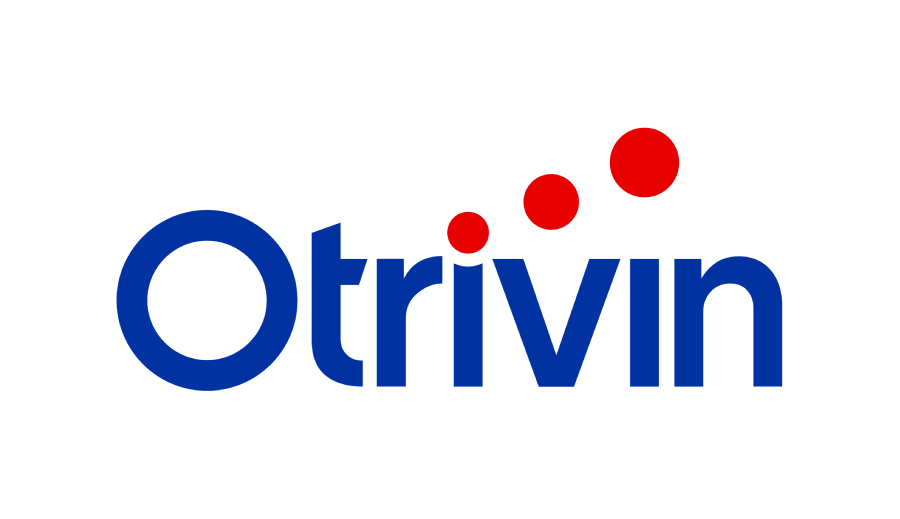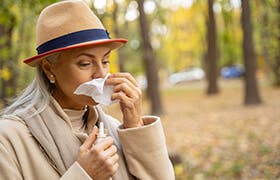
Worried about air pollution?
Air pollution affects the general public, and your nose is your first line of defence.1,2
Did you know, your nose filters, warms and humidifies up to 20,000 litres of air that you breathe every day?1
Too much air pollution causes the nose’s cilliary transport to slow down and sometimes stop working entirely.2,3
To start with, what is air pollution?
Air pollution is a mixture of natural and man-made substances in the air we breathe. For example, outdoor air pollution includes fine particles produced by burning fossil fuels, harmful gasses and tobacco smoke.6
Why should I worry about air pollution?
According to the World Health Organization (WHO), 9 out of 10 people worldwide breathe polluted air, and breathing polluted air can seriously affect human health.7
Can I check the air pollution in my area?
You can check the air quality index (AQI) which reports on daily air quality. It tells you how clean or polluted your air is and what associated health affects you may experience within a few hours or days after breathing polluted air. You can also check an air-pollution map and find out about different types of air pollution.8
References:
- Eccles R. A role for the nasal cycle in respiratory defence. Eur Respir J 1996;9(2):371–6.
- Shusterman D. The effects of air pollutants and irritants on the upper airway. Proc Am Thorac Soc 2011; 8(1):101–5.
- Calderón-Garcidueñas Lm et al. Ultrastructural nasal pathology in children chronically and sequentially exposed to air pollutants. Am J Respir Cell Mol Biol 2001;24(2):132–8.
- Bastier PL, et al. Nasal irrigation: From empiricism to evidence-based medicine. A review. Eur Ann Otorhinolaryngol Head Neck Dis 2015;132(5):281–5.
- Rabago D, Zgierska A. Saline nasal irrigation for upper respiratory conditions. Am Fam Physician 2009; 80(10):1117–9.
- NIH. Air Pollution. Available at: https://www.niehs.nih.gov/health/topics/agents/air-pollution/index.cfm (last accessed April 2020)
- World Health Organization. Air pollution and health. Available at: https://www.who.int/airpollution/en/ (last accessed April 2020)
- Airmotion Laboratories. Breathe Life. Available at: https://www.airmotionlabs.com/post/breathe-life (last accessed April 2020)
- UK Department of Environment, Food & Rural Affairs Clean Air Strategy 2019. Available at: https://assets.publishing.service.gov.uk/government/uploads/system/uploads/attachment_data/file/770715/clean-air-strategy-2019.pdf (last accessed April 2020)
- Papsin B, McTavish A. Saline nasal irrigation. Its role as an adjunct treatment. Can Fam Physician. 2003; 49:168–73
Show all references
Close references






